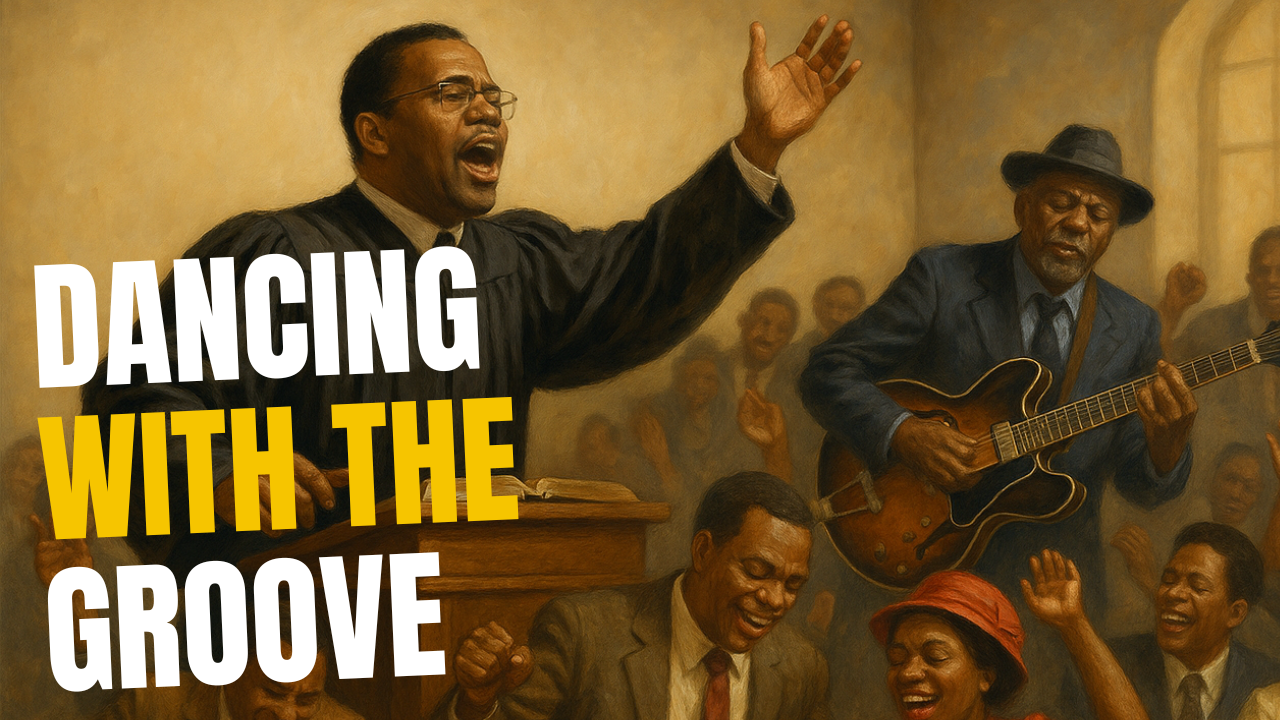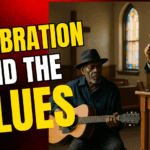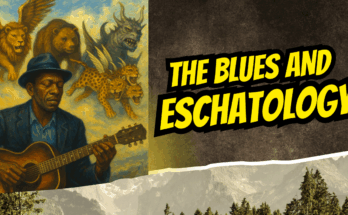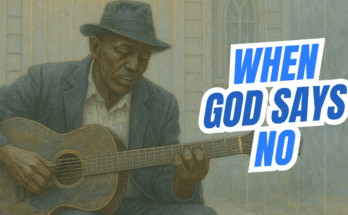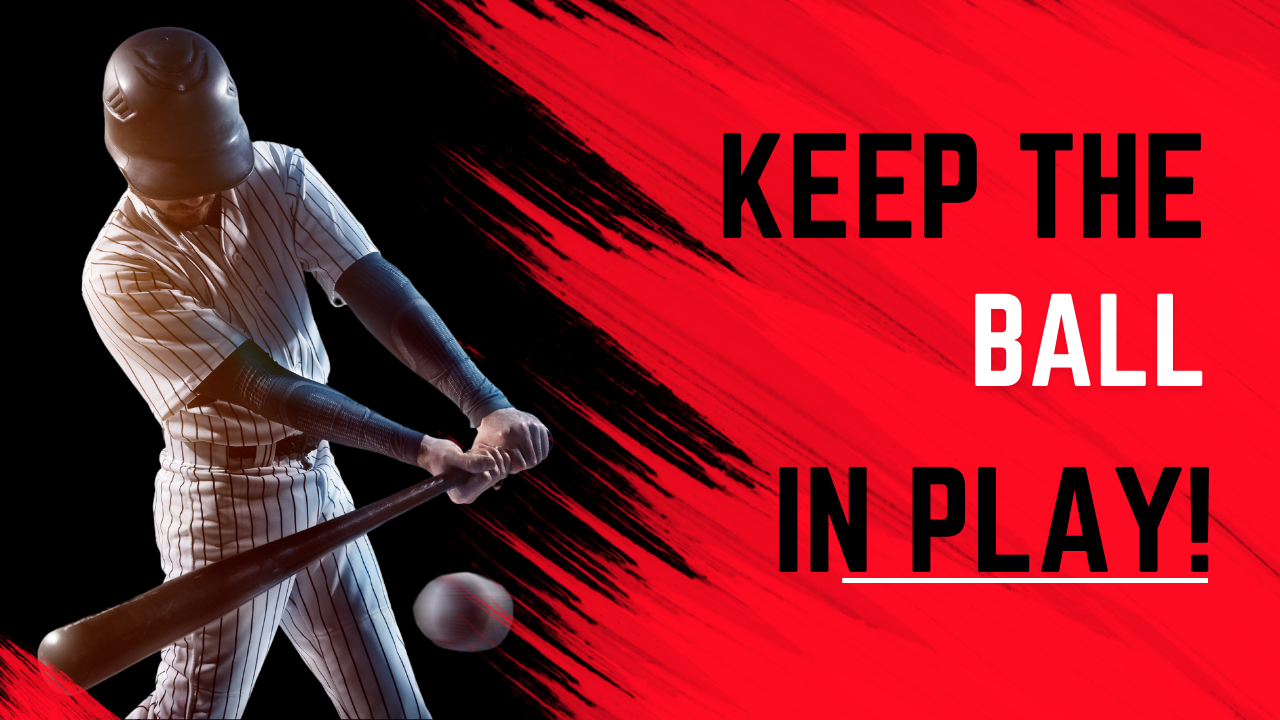As an Amazon Associate I earn from qualifying purchases.
There’s something strange and beautiful about the blues. It’s a music soaked in pain—lost love, long nights, empty pockets, broken promises, unanswered prayers. The blues doesn’t pretend everything is alright. In fact, it insists that we tell the truth about what hurts. And yet… the blues is dance music.
Think about that.
Blues is not simply something to cry to. It’s something to move to. You nod your head. You tap your foot. Sometimes you get up and dance—shoulders rocking, hips swaying, a sly smile curling up through the sorrow. The groove is too strong to sit still. And that’s the paradox at the heart of the blues: while it may be born of struggle, it demands movement. The blues dares us to dance in the dark.
This strange truth is not just musical—it’s theological. It has everything to do with how we preach, how we live, and how we survive. Because the world doesn’t need sermons that fake joy or ignore pain. It needs preachers who, like the bluesman, can name the sorrow and still invite the people to move. To weep, yes—but also to sway. To groan—but also to dance.
I. The Blues Names the Pain — But Doesn’t Sit in It
The first lesson the blues teaches is honesty. No sugarcoating. No spiritual bypassing. No “too blessed to be stressed” bumper-sticker theology. Just raw, gut-level truth.
“I woke up this morning, feeling ’round for my shoes,” sang Blind Lemon Jefferson. “You know I had those mean old walking blues.”
That’s not praise. That’s not testimony. That’s truth. And yet… somehow it is testimony. Because the blues testifies to what is. It names the ache, the grind, the loneliness, the betrayal. It tells the story of Black folks in America, of poor folks across the world, of anyone who’s ever been disappointed by life, by love, by systems, or even by God.
But here’s the twist: while the words mourn, the rhythm moves. The music never stops. The beat keeps thumping. The guitar keeps crying. The voice may be weary, but it never goes silent.
In the blues, pain is not paralysis. It’s not the end of the story. It’s just the next verse.
II. Dancing in the Dark
There’s a certain holiness in that idea—dancing in the dark. It’s not denial. It’s defiance. It’s saying, “This hurt me, but it didn’t stop me.” It’s moving while wounded. It’s grooving with a limp.
And it’s biblical.
David danced in the streets—publicly, joyfully—even while his past was stained with blood and failure (2 Samuel 6:14). Paul and Silas sang at midnight while chained in prison (Acts 16:25). Miriam danced after the Red Sea parted—but let’s not forget: she packed her tambourine before the deliverance came (Exodus 15:20).
Even Jesus wept (John 11:35)… but he didn’t stay in the tomb.
The blues is spiritual. It’s not holy because it hides the struggle. It’s holy because it lets the struggle breathe—and still keeps the body moving.
When we dance in the dark, we are making a declaration: “This is not the end of me.”
III. Blues and the Black Church: Same Pain, Same Groove
That’s why the shout in the Black church doesn’t always come after the breakthrough. Sometimes the shout breaks out in the middle of the storm. Sometimes the sister dances while the diagnosis is still on the table. Sometimes the brother runs the aisle even though the rent is late. That’s not delusion. That’s not performance. That’s blues faith.
“I’m still here” is its refrain.
“I’m not done yet” is its beat.
“God ain’t through” is its groove.
That’s why you can hear the blues even in gospel. Mahalia Jackson didn’t just sing with her voice—she sang with her story. Thomas Dorsey, who helped birth gospel music, wrote “Precious Lord” after the death of his wife and newborn child. That’s blues theology wrapped in a prayer shawl.
The line between Saturday night and Sunday morning has always been thinner than we like to admit. The same hands that played the blues on Beale Street might lift in praise at church. The same voices that moaned into the microphone might wail from the pulpit. And that’s not contradiction. That’s continuity. It’s truth carried through rhythm.
IV. Preaching That Teaches—But Still Dances
Now, let’s be clear: there’s certainly a time for doctrinal preaching. There’s a time to slow down and teach the foundations of faith. There’s a time for ecclesial preaching too—sermons that remind the church of who it is, what it believes, and what God requires.
Cleophus LaRue, in his powerful work The Heart of Black Preaching (pp. 20–25), reminds us that Black preaching operates within five core domains of experience: personal piety, care of the soul, social justice, corporate concerns, and maintenance of the institutional church.
There is value in each domain—and balance across them matters.
But even when we step into doctrinal, ecclesial, or institutional lanes, we are not called to lecture the people.
We are called to move them.
That’s where Robert Smith Jr. challenges us in his brilliant book Doctrine That Dances. He refuses the false divide between intellectual preaching and embodied preaching. His core thesis is clear:
“Doctrine doesn’t have to be dry. It can dance.”
Even when we’re teaching deep truths, those truths should have a rhythm. They should sway with conviction. They should breathe with life. They should move both the mind and the soul. Even theology ought to have a pulse.
And if doctrine can dance, then surely truth-telling can groove.
Surely lament can swing.
Surely blues preaching—born from the soil of sorrow and the blood of survival—can get up and move.
This is not performance.
This is embodied theology.
It’s truth with hips.
It’s grief with a groove.
It’s gospel with feet.
So yes, preach doctrine.
Yes, preach church identity.
Yes, preach the moral and the ethical.
Yes, preach the prophetic.
Yes, preach the full counsel of God.
But go ’head and let it dance.
Let it move through the pews like a slow shout on a Sunday morning. Let it lift heads and tap feet even while it breaks hearts. Let the sound of the sermon do what the blues has always done:
Tell the truth.
Make us feel it.
And still let us move.
V. There’s Hope Built into the Groove
Here’s the thing most folks miss when they call the blues depressing: the groove itself is a form of hope.
The reason blues is dance music is because the body refuses to give up. Because the soul won’t lay down without a fight. Because the foot wants to keep tapping, even if the heart is heavy.
That groove—that repetition, that swing—is what keeps us going. The blues says: “This hurt. But I’m still moving. Still playing. Still singing.”
It says:
– “You’re not crazy.”
– “You’re not alone.”
– “You’re not done.”
The music holds space for you. Even when the words don’t fix it, the beat walks with you.
That’s what preaching should do, too.
VI. Final Word: If Doctrine Can Dance…
So here’s the challenge: preach like a bluesman. Preach like someone who knows what it means to hurt — and what it means to hope anyway.
Let your sermon swing.
Let it weep.
Let it groove.
Let it move the people not just in their heads, but in their bones.
We’re not called to perform.
We’re called to incarnate.
Not just talk about God — but move like we’ve been with God.
So yes — preach doctrine.
Yes — preach church identity.
Yes — preach the moral and the ethical.
Yes — preach the prophetic.
Yes — preach the full counsel of God.
But go ’head and let it dance.
As Robert Smith Jr. reminds us:
“Doctrine doesn’t have to be dry. It can dance.”
And if doctrine can dance…
Then surely truth-telling can groove.
The blues has taught us that.
Even in the midst of suffering.
Even while naming the grief.
Even when the storm hasn’t passed.
You don’t wait for the joy to come to move.
You move — because joy is on the way.
So dance in the dark.
Groove through the grief.
Preach with a limp — but don’t forget to move.
Because that’s the blues.
That’s the rhythm of survival.
That’s the sermon that saves.
Amazon and the Amazon logo are trademarks of Amazon.com, Inc, or its affiliates.

